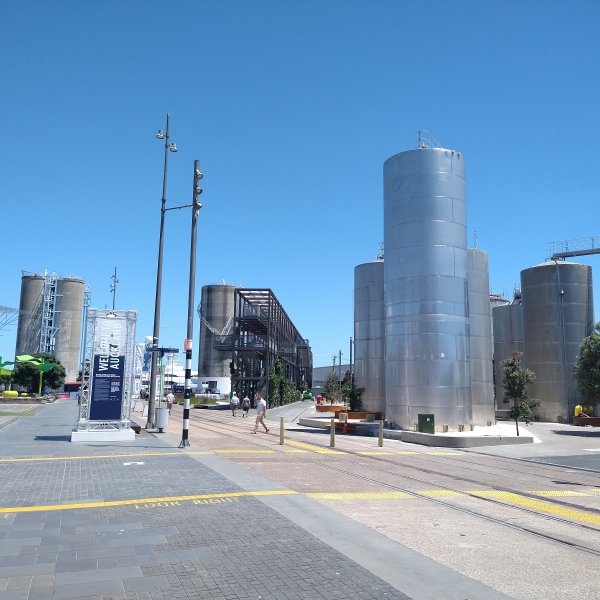We need to know your views about Light Rail for the City Centre
Outlined below is an update on the project, a short survey, and some high-level principles we are seeking your feedback on. Take the survey here.
Project status:
An Auckland Light Rail Establishment Unit has been set up by the Government to engage with stakeholders and develop a business case - this includes consideration of the mode (above-ground light rail or below ground light metro) and route (Queen Street is a likely option). More information on the project is here.
What are Heart of the City’s thoughts on the project?
Effective rapid transit solutions to ease congestion and enable more people to get around by reliable, regular public transport, and support growth and development, is vital for Auckland. Equally, it is important that the right decisions are made for the right reasons.
Our priorities are to ensure:
- There is a robust process to determine what the best rapid transport options for Auckland are - including mode and route choice.
- That the interests of city centre businesses are reflected in any agreed project from the outset and that the impact of construction is assessed and well-managed.
Discussions to date
We have recently written to the Chair and Project Director of the Establishment unit with several questions about the project, available here. Some key points from a recent a discussion include:
- The project’s key transport and urban development outcomes are to support growth in the city, address congestion, support climate change, and provide more opportunities for leisure, living, and housing.
- The rationale for looking at the City centre to Māngere route first (over the northwestern and northern options) is because the area this route serves has the lowest transport accessibility to the city centre, as well as 30% of the city’s future employment growth and 30,000 future housing units.
- The likely options for the city centre would be above-ground light rail along Queen Street, with the alternative being underground light metro (likely connected to the Aotea station). There is also a discussion about a connection through to Wynyard Quarter.
- There could be options to connect the Universities and places like the hospital.
- Some of the factors that will be considered around the different modes (such as above ground or underground) will be the cost vs the benefit, including speed of service, how it connects to different communities.
- Overseas examples have shown a strong economic stimulus where investment has been made (we have requested data on this).
- The expected levels of service for light rail would be every 3-6 mins.
Our draft principles
Accessibility
- Enabling access to the city centre for communities that will not be well served by public transport through other planned projects in the future is important. This must be well integrated into the wider transport network.
- Creating good connections in, out and around the city centre is important, including to Wynyard Quarter. More in-depth information is required to evaluate what is the best option for the city centre including the pros and cons for underground vs above ground.
Urban Environment
- The impact of transport infrastructure on our city’s streets must be kept to a minimum, and there must be a strong design aesthetic that considers Queen Street’s important commercial, civic, cultural, and social role in the wider city. It must also consider the street’s distinctive features. For example, if it was decided that light rail would go down Queen Street this must work in with the existing environment, support sight lines to businesses, and the built form. We would not want to see large platforms and infrastructure at any stops.
- Consideration should be given to the appropriateness of very frequent light rail movements (every 3-6 mins) in an environment that anticipates significant pedestrian growth over time, and this should be factored into the evaluation of modes.
Construction Disruption
- The project must plan for and appropriately fund financial support for businesses. There must not be a repeat of the City Rail Link which did not have any mechanism in place to provide financial relief for businesses impacted by the project nor work with the communities well in advance of the project to assist them in planning for major disruption.
- An example to reference is the Seattle Light Rail project which put in place a mechanism for business support at least 3 years out from the project beginning.
- The cost/benefit of options needs to consider the cost of disruption, as well as the longer-term benefit.
Please share your views with us
All completed surveys will go into the draw to win a $250 voucher from a heart of the city business of your choice. Please complete this if you can by close of day Friday, 27 August.
Click here to take the survey.





